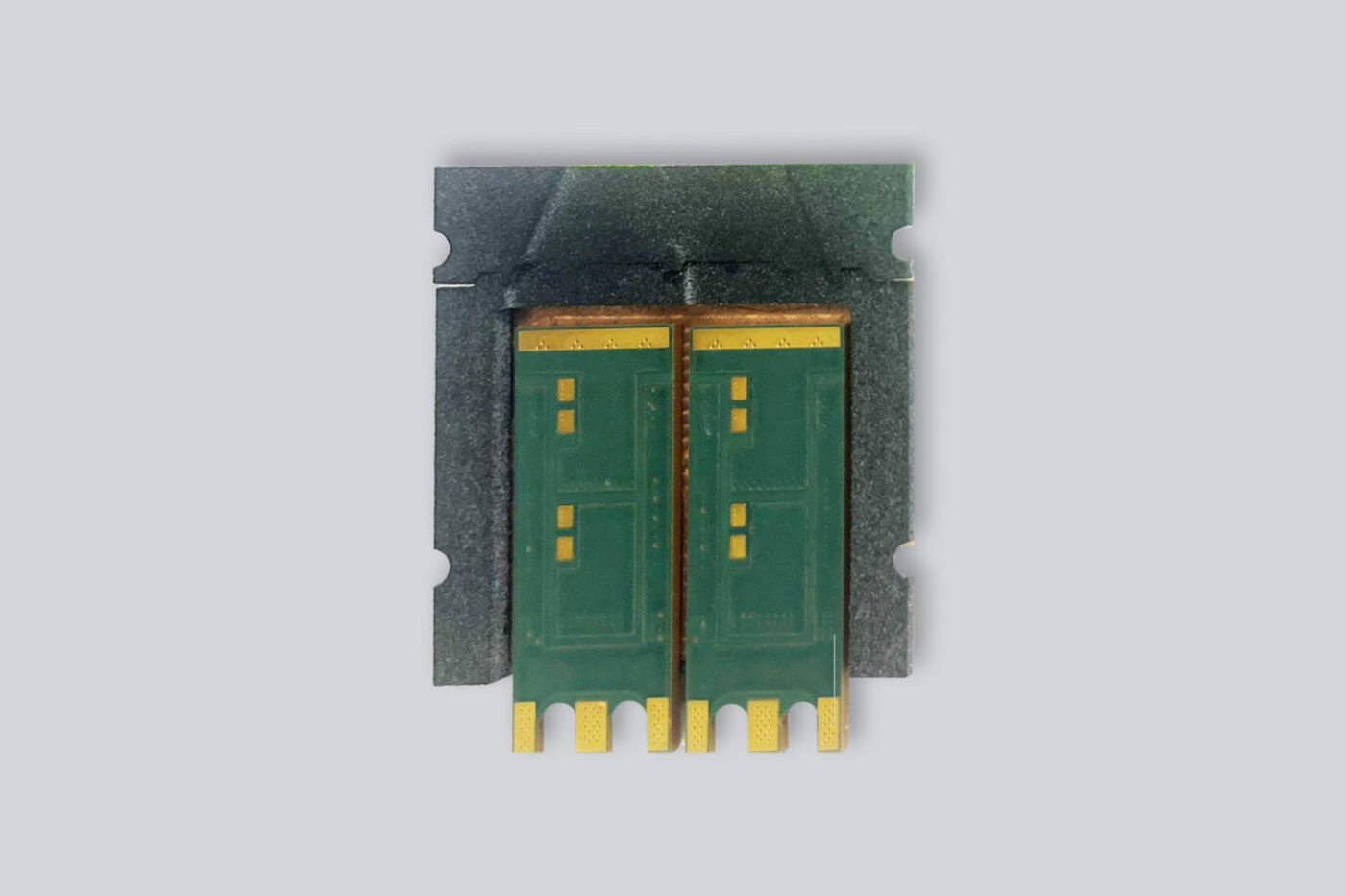Fraunhofer IZM works on more efficient inverter
According to Fraunhofer IZM, the inverter can work at a lower operating temperature thanks to optimised cooling management, resulting in less power loss. In addition to longer full-load utilisation, this can also reduce the required semiconductor area, which can further reduce the costs of the electric mobility transition.
An electric drivetrain’s performance depends on the components’ thermal behaviour – whether electric motor, battery or power electronics with the inverter, which converts direct current from the battery to alternating current for the electric motor. For this reason, semiconductors made of silicon carbide instead of pure silicon are already used in inverters in current series-produced electric cars, as they are more efficient, and the component is smaller and lighter. As the higher efficiency also generates less waste heat, the cooling system can also become smaller and lighter, further improving the overall system’s efficiency.
Fraunhofer IZM also relies on silicon carbide transistors but goes one step further in their processing. In an “innovative prepackaging process,” two of these SiC transistors are applied directly to a ceramic substrate at the institute. “These prepackages can then be flexibly embedded in conventional PCBs. Thanks to the thin design and reduction in materials required, less mechanical stress and more uniform deformation behaviour occurs in case of heat exposure. In addition, the segmented ceramic substrates make optimum use of the limited space available to best meet the specific requirements of the automotive industry,” says Fraunhofer IZM.
Cooling has also been optimised to increase efficiency further. The aim is to integrate semiconductors and passive components such as capacitors and copper conductors as directly as possible into the cooling system – the better the cooling effect, the less expensive semiconductor material is required, as the arrangement of the chips can be even more compact. According to the press release, there are several innovations here. One of these is cooling elements made of copper, which are produced using a 3D printing process. “Copper is also being used for the first time in a 3D printing process to manufacture the cooling elements, allowing the excellent thermal conductivity of copper to be combined with the full flexibility of 3D printing, instead of only being able to access aluminium heat sinks as before. Compared to CNC milling processes, 3D printing allows a great deal of freedom with regard to the design of the cooling channel and, in turn, optimum utilisation of the limited installation space,” the researchers write.
The prototype is currently under construction following the simulation phase. This inverter will also be characterised by greater modularity, as not all elements are permanently connected to each other but are integrated into sub-modules. These sub-modules can also be replaced and repaired more easily, which saves resources.
Suppliers Bosch and Porsche are also involved in the Dauerpower project. The prototype will “undergo an extensive testing process at Porsche AG in order to one day find its way into series production. “With Porsche as a partner, the inverter is designed for correspondingly high outputs: The component will be capable of a continuous output of 720 kW and a rated current of 900 amps.





0 Comments